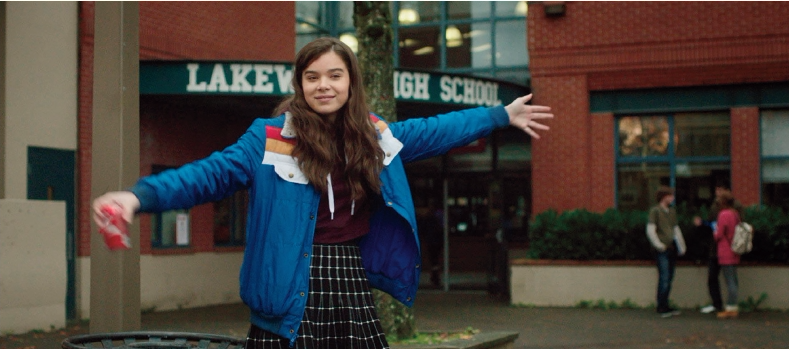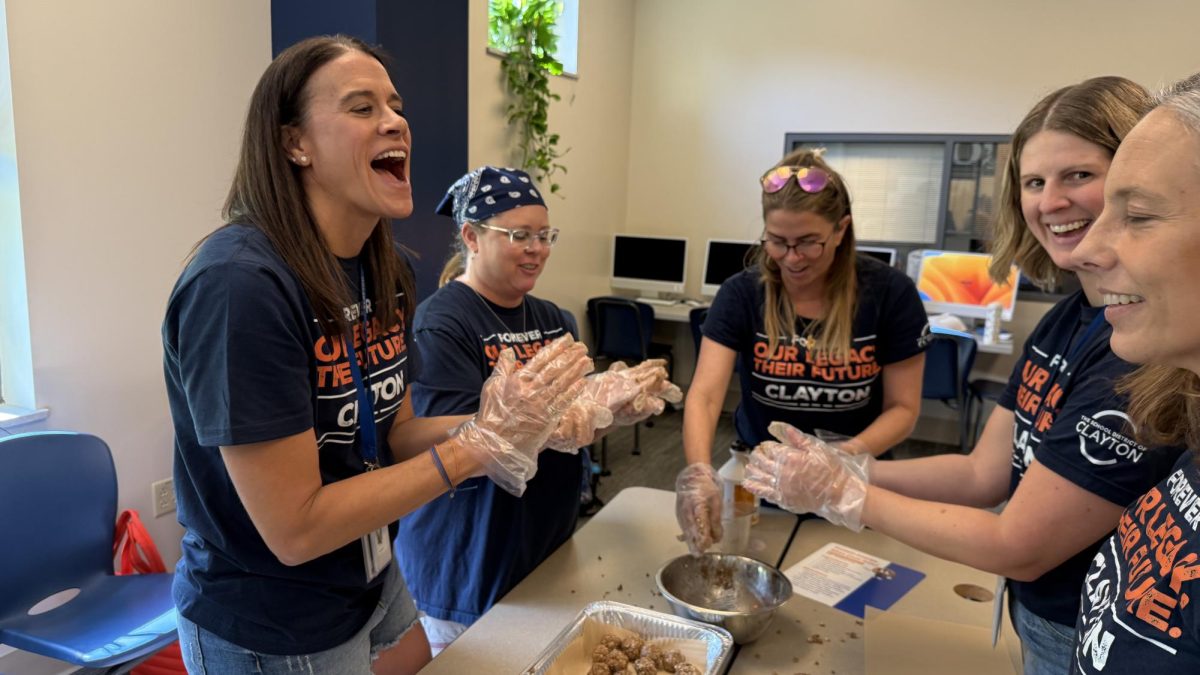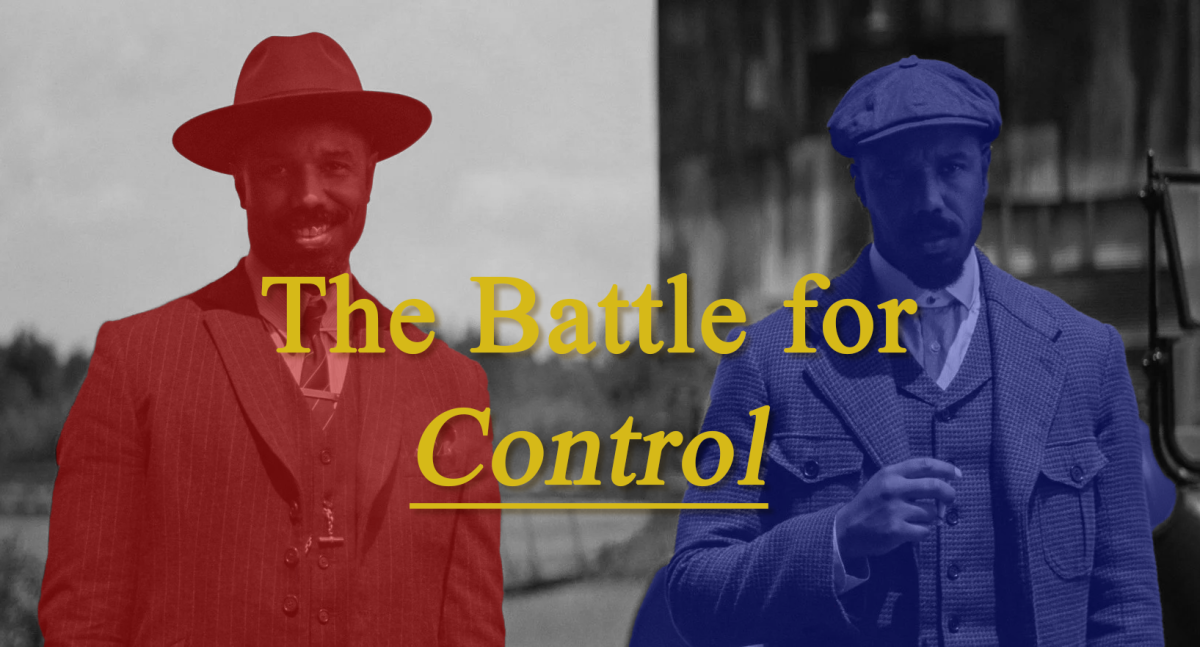Edge of 17
Hailee Steinfeld as Nadine Byrd in a scene from the movie “The Edge of Seventeen” directed by Kelly Fremon Craig.
December 13, 2016
When something sad happens in your life, you think you’re the only one that has felt this way. No one else has any idea what I you’re going through, it’s just you.
Seventeen-year-old Nadine, played by Hailee Steinfeld, in the new blockbuster The Edge of Seventeen always feels down in the dumps, and when she is, she thinks that nobody understands. Nadine struggles with a hard loss she faced earlier in life, and the loss of her best friend, when Nadine pushed Krista, played by Haley Lu Richardson, out of her life for dating Nadine’s brother.
The only person Nadine feels like she can talk to about her problems with is her history teacher. Although it may seem like he doesn’t have any interest in listening, she talks to him anyway. Nadine never seems to think about how other people may have their own issues too. In one scene when she complains about having such a hard time and not wanting to speak to Krista ever again, her mother says, “Everybody is as miserable as I am, they’re just better at pretending”.
In comparing this film with other coming-of-age movies, like The Breakfast Club and Boyhood, one finds that this movie falls right into this category. Nadine feels like an outsider, an adult trapped in a teenage skin. This film has a modern twist though. Much of the movie is based on the social interactions of teenagers today. Nadine describes people her age as too self-interested, and to some extent, her thoughts might be true. The fact that people of our generation “think that people care that they are eating a taco” (as Nadine says), rightly exposes the flaws of a modern teenager. Yet, the pointing out of these flaws is similar to past films of the same category. The Breakfast Club focused on teenagers tendency to typecast others, Mean Girls exposed the difference between individual and group behavior, and The Edge of Seventeen: the effect which social media has on teenage relationships.
Surprisingly, the relationships between the characters are more complicated than what is on the surface. For instance, Nadine’s best friend, Krista, is not played as the end-all villain of the film. In fact, she is portrayed as someone who still cares for Nadine despite everything that has happened between them. What sets this movie apart from other of its kind is the complexity of each character. The insecurities that plague the protagonist aren’t masked by blinding, artificial confidence. When she goes to a party as a plus one to her brother and best friend, she goes to the bathroom, locks the door, and asks herself, “why are you so awkward?”. What makes the character (and the movie itself) so likeable is their relatability. They aren’t caricatures of what teenagers want to be – rather, they are characters that everyone in the audience can relate to in one way or another.






![“I love working with students, that's why I decided on being a high school teacher. I was going to go the University route, but it's a different feel[ing]. Working with students is what makes it fun, keeps it alive, keeps me, trying to connect with students about my passion with ancient Rome and Greece and how they overlap, and how the stuff we do in class impacts their lives. That's kind of the goal I have, is having them see themselves, students in this larger scope of history from 2000 years ago, and how you're part of that now. ”
- Matthew Crutchfield, CHS Latin teacher](https://www.chsglobe.com/wp-content/uploads/2025/09/image2-3-e1757531718144-1200x872.jpg)
!["It's really hard to make friends in Clayton high school if you're a newcomer. Everybody already knows each other, and they have established friendships for many years. My goal is always to make my space a safe one for them to take risks, [and] relax." Nancy Gamble, English Language Specialist](https://www.chsglobe.com/wp-content/uploads/2025/09/image1-e1757625469759-1200x843.png)



